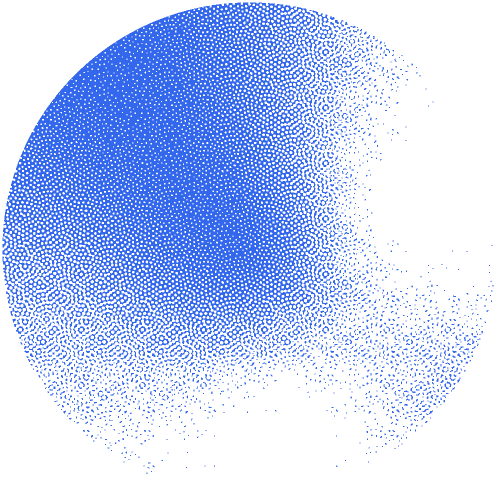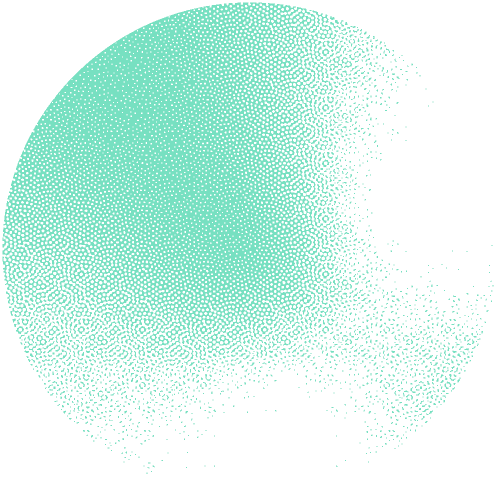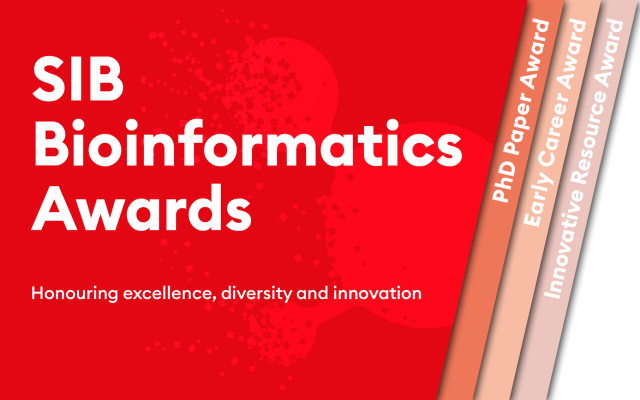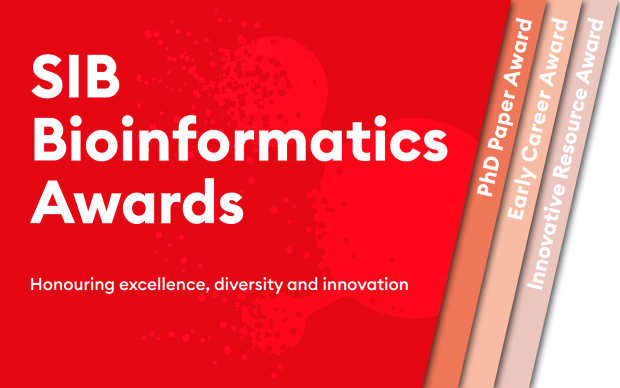Charles E. Vejnar – Laureate of the 2013 SIB Best Swiss Bioinformatics Graduate Paper Award
Charles did his doctoral studies in the team of SIB Group Leader Evgeny Zdobnov at the University of Geneva. He received the award for his graduate paper entitled “MiRmap: comprehensive prediction of microRNA target repression strength”.
Today, Charles is an Associate Research Scientist in the group of Prof. Antonio Giraldez at Yale University (USA), where he continues to investigate different mechanisms of post-transcriptional RNA regulation. To learn more about Charles’ research projects in the Giraldez lab, visit their webpage and read our interview!
About the SIB Bioinformatics Awards and our interview series “Meet the past SIB Awards Laureates”
Started in 2008 as an initiative to distinguish young bioinformaticians in Switzerland, the SIB Bioinformatics Awards have gone a long way since: from a single national award to three different prizes today, honouring 1) international early career bioinformaticians (SIB Early Career Bioinformatician Award), 2) excellency within the Swiss PhD community (SIB Best Swiss Bioinformatics Graduate Paper Award) and 3) innovative bioinformatics resources (SIB Bioinformatics Resource Innovation Award). Throughout the years, 21 awards have been presented, with nine laureates recognized for their outstanding early career, ten Graduate students for their excellent publication and two bioinformatics resources for their innovative aspect.
In 2019, the SIB Bioinformatics Awards will be presented for the 10th time, providing a great occasion to reach out to past laureates and ask them where they are now in their career: this interview is part of a series inviting you to meet past SIB Bioinformatics Awards laureates.
At which point of your career were you when you received the SIB Award? How did it feel? What was the key interest of your research at this time point?
I received the award at the end of my PhD, and I felt very proud. It gave me a sense of entering “by the big door”, as we say in French, and being welcomed into a community. I was in the lab of Prof. Evgeny Zdobnov in Geneva working on post-transcriptional RNA regulation, carried out by a specific type of non-coding RNA called microRNA. My main interest was to understand how microRNAs recognise their targets. To facilitate hypothesis building when studying microRNA regulation, we developed miRmap, which predicts microRNA targets with high accuracy (Vejnar et al., 2012). This was the start of many collaborations with experimentalists to tackle questions in the field of functional genomics.
What are your current research interests?
My research interests are focused on RNA biology, more specifically on how RNAs are regulated post-transcriptionally during the development of animal embryos. Right after fertilisation, RNAs and proteins deposited by the mother regulate the embryo’s development. However, at later developmental stages, the embryo takes control of its own development. This transition is very dynamic and as such, offers a fantastic system to study post-transcriptional RNA regulation in-vivo using genomic approaches (Vejnar et al., bioRXiv).
I am also very interested into developing tools for experimental biology. I got the chance to collaborate with Dr Moreno-Mateos in Antonio’s lab to develop the algorithm CRISPRscan, which allows experimentalists to select the most efficient CRISPR-based tools to engineer the genome.
In your personal opinion, what is the single most fascinating discovery made possible by bioinformatics?
As bioinformatics is rarely used alone, I would certainly choose discoveries in which bioinformatics is associated with genomics. The human genome assembly was key, but in more recent times, all discoveries going beyond the DNA sequence itself are fascinating. Many techniques combine bioinformatics and high-throughput sequencing to reveal interactions inside the chromatin or how proteins bind to RNA or DNA. For example, I am fascinated by our ability to “see” translating ribosomes by using a technique called “Ribosome profiling” developed in the lab of Prof. Jonathan Weissman. We can use this technique to capture ribosomes and study how they decode messenger RNAs, taking a small pause at every codon.
What do you like to do in your free time?
The true answer is probably more science... But I also try to swim and do some cooking (mostly French). I also discovered very nice wines while traveling in the country, which I share with my friends here in the US.
Any words for the future generation of bioinformaticians?
Take the time to share, organize and document your code. Do it for your colleagues but also because it will increase the impact of your work as more people will use and cite it. Take the time to choose, and eventually learn, the right technology to address a problem. For instance, developing complex pipelines with tools designed for statistics is not efficient as there are new technologies, such as a new language like Go (https://golang.org), more appropriate for these tasks.
I also enjoy very much collaborating with experimentalists. Meeting together as early as possible in the project is crucial to its success as you can design the experiments and how to analyse them. It also makes the whole process much more rewarding!





![David Meyer presenting at the [BC]2 Basel Computational Biology Conference](/sites/default/files/styles/card_image/public/2025-10/david-meyer-banner.jpg?h=602a36b5&itok=JRGMwIRV)
